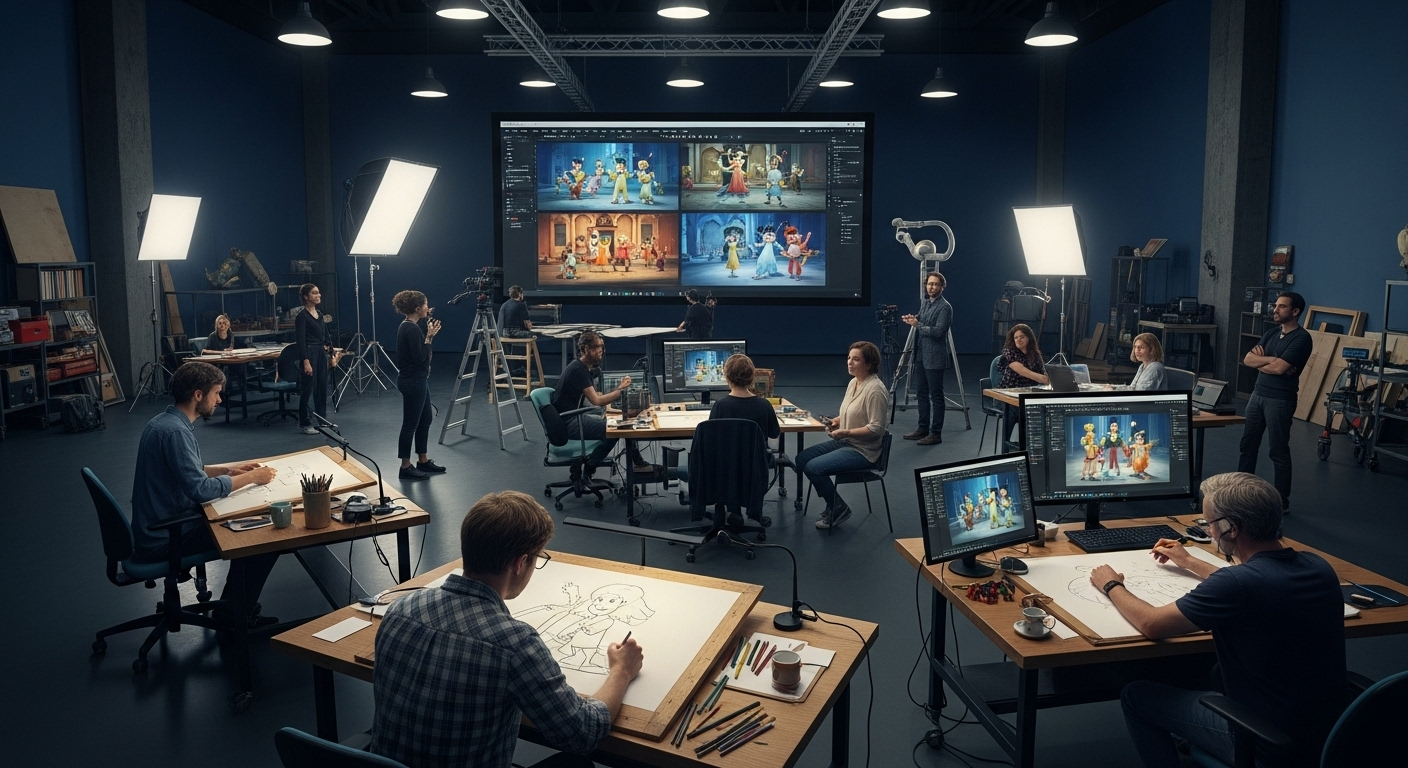Reimagining Classics: The New Era of Animated Remakes
In the world of entertainment, few trends are as consistent as the reimagining of beloved classics. The story is a familiar one – a cherished film from yesteryears, often animated, is dusted off, reinterpreted, and presented to a new generation. In the past decade, this trend has become a mainstay in the film industry. So, what drives this trend of animated remakes, and how does it impact our cultural landscape?

A Nostalgic Journey Revisited
Looking back, the trend of animated remakes isn’t new. The process began in the early 1990s, when Disney started to re-release its classic animated films in theatres. But the game-changer arrived in 2010 when Tim Burton’s live-action reinterpretation of “Alice in Wonderland” grossed over a billion dollars worldwide. This success set the ball rolling for a whole new era of animated remakes.
The Driving Forces Behind the Trend
The surge of animated remakes can be attributed to several factors. Primarily, it’s the lure of nostalgia - the opportunity to reconnect with the charm of childhood favorites, now enhanced with cutting-edge technology. For the studios, it’s also a safe bet commercially, as these are stories with a proven track record of success.
Presenting the Old in a New Light
Today, the remakes are not mere copies of their original counterparts. They present the old tales in a new light, often with a fresh narrative or perspective. For instance, “Maleficent” retold the story of “Sleeping Beauty” from the antagonist’s viewpoint, offering a fresh take on a well-known tale.
The Cultural Impact and Reception
The impact of these remakes is twofold: they reconnect older audiences with cherished memories while introducing younger viewers to classic narratives. Critical reception, however, is mixed. Some argue that these remakes lack originality, while others applaud the modern twists and diverse casting choices that make these classics more relevant to contemporary audiences.
The Future of Animated Remakes
Despite the criticism, the trend of animated remakes shows no signs of slowing down. With a slew of reimagined classics in the pipeline, it seems the lure of familiar tales, retold in new and exciting ways, will continue to captivate audiences for years to come.
In conclusion, the trend of animated remakes is a fascinating study of the interplay between nostalgia and innovation in the arts and entertainment industry. As we continue to revisit and reinterpret our cultural past, we are also shaping the future of storytelling, proving that the old can indeed be new again.




